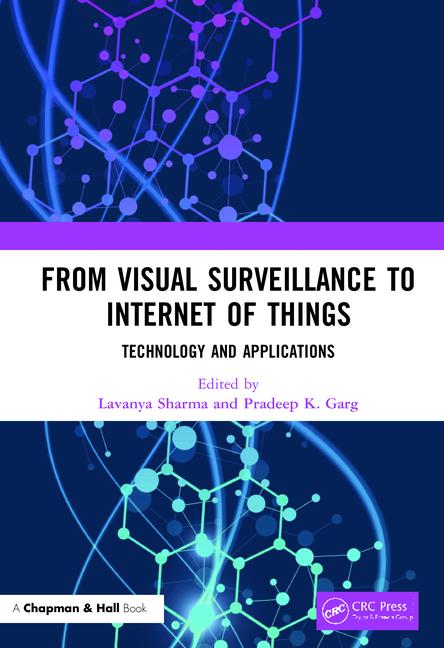Catering to Happy Employees with Cloud Computing

Francis Li
Want happy employees? It’s more than the occasional catered office lunch. It’s providing an environment where employees can be productive, collaborate with colleagues and find creative ways to power through their to-do lists. Mobile devices play a primary role in this movement, but so have the widespread adoption of public and private cloud applications, which have provided workers access to their files, and each other, anywhere, anytime and from any device.
According to research by Softchoice, an IT and managed services provider, technology – specifically, access to and use of cloud apps – makes employees happier at work, more satisfied with their work-life balance and more willing to stay with their current employers.
Softchoice research reveals that 74 percent of employees who use up to five cloud apps say they are happy at work, compared to just 19 percent of non-app users, and that 85 percent of employees who use six or more cloud apps for work feel that they have an optimal work-life balance, compared to 59 percent of non-app users.
Happiness isn’t the only factor positively influenced by cloud app adoption. According to Softchoice, employee productivity, job excitement and business success each trend up with increased app use. Only 30 percent of non-apps users claim to get excited about going to work, compared to more than 80 percent of staff using six or more apps, says Softchoice. Overall, says Softchoice, with more freedom over when meetings happen and where they can be attended from, staff members have a greater ability to tailor the daily grind to match their individual professional and personal responsibilities.
Freedom of choice, however, has its limits. IT departments need to provide a construct from which employees can access their apps in a safe and compliant environment. When popular consumer apps don’t live up to enterprise security standards, IT should strive to offer approved alternatives that offer a similar experience.
And of course, green-lighting more consumer-driven apps like Google Drive or Dropbox for corporate use (especially in data sensitive industries) would be a reckless extreme. Instead, letting employees choose from a variety of IT-approved enterprise app alternatives – used within the construct of a safe and compliant environment – still bestows a positive sense of control and inclusivity. Francis Li, Vice President of IT at Softchoice, explains more:
You advocate for more cloud use, but what about the enterprise that doesn’t have the IT infrastructure in place to manage the cloud?
I would highly suggest prioritizing a cloud management strategy, because cloud computing is here to stay. In my experience, employees are going to use SaaS whether IT provides a safe construct from which to use it or not. It’s far better to control an environment where employees can procure their own apps – but IT can mitigate risk, manage identities and the storage of private data – then to have employees circumvent IT to get what they want. One of the advantages of cloud is you don’t necessarily need the infrastructure on the premises. Infrastructure-as-a-Service, for example, allows businesses to leverage a third party provider to manage software, servers, storage and other resources off-premises over the Internet.
What should a security executive do to ensure that workers’apps are secure?
There are plenty of options to provide a safe construct from which employees can access SaaS apps and IT can minimize risk, manage identities and deprovision users as necessary. From within this safe environment, IT can ensure the apps being used are enterprise grade and secure. Every IT department should provide employees with a “safe list” of apps they are free to use for business purposes, and specifically call out enterprise alternatives to popular consumer apps that don’t meet necessary security standards.
What about employee education and behavior?
As the technology spend shifts more and more from IT to the lines of business, most IT staffs need to do a better job with their internal marketing – communicating the benefits of SaaS use and reminding users of the dangers of circumventing IT to procure apps without IT’s knowledge. IT needs to shed their ‘‘gatekeeper’’ reputation and become enablers of cloud technology. This means a constant communication cycle to ensure your organization’s cloud policy is top of mind with lines of businesses. Employees should not only understand the rules, they should understand why the policy exists and why (for example) IT chooses to allow one storage app, but not another.
Looking for a reprint of this article?
From high-res PDFs to custom plaques, order your copy today!









